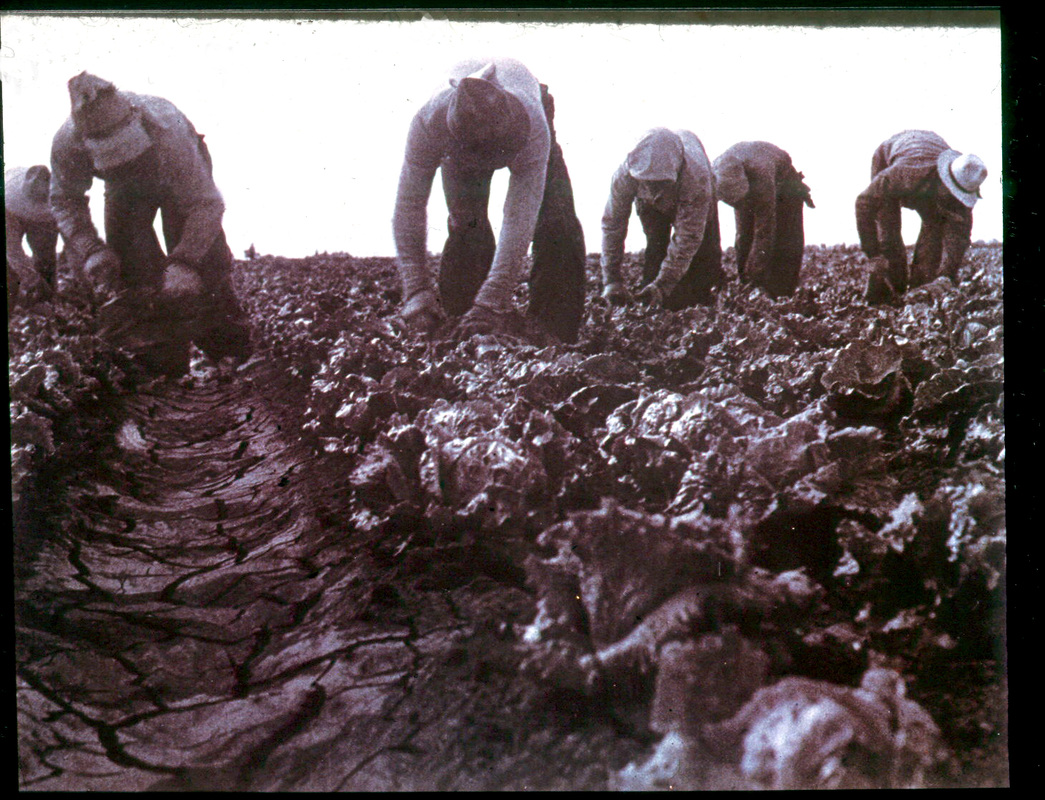34+ What Are Some Of The Main Physical Features Of China
Exceptionally high population densities occur in the Yangtze delta the Pearl River Delta and on the Chengdu Plain of the western Sichuan Basin. CHINAS mountains cover much of Western China.

East Asia Physical Map East Asia Physical Map East Asia Map Asia Map South Asia Map
Most of the region is dominated by the Tarim Basin which is filled mostly by the formidable Taklamakan desert and rimmed by high mountains-the Kunlun Shan to the south the Karakorum to the west and the Tian Shan to the north.

What are some of the main physical features of china. Since of the warm weather the farmers were influenced and took advantage of the weather to grow rice. Asia is home to many plateau s areas of relatively level high ground. Relative relief is also very great in China.
The Yangtze River is known to be the largest water system in China. The highest mountain in the world Qomolangma Mount Everest 8848 m stands majesti-cally on the border between China and Nepal. China has various form of terraces including magnificent plateau rolling foothills vast plain and low-lying highlands as well as basins big and small all surrounded by hills.
The Physical features of the terrain comprises states with distinct cultures that date back to more than six Millennia. All these five basic terraces can all be found in the country with mountainous areas making up two thirds of its total land area. The main human and physical features of China.
China is approximately the same size as the United States. China is one of the oldest surviving world Civilizations. Chinas largest province is a landscape of deserts mountains and oases.
Population density varies strikingly with the greatest contrast occurring between the eastern half of China and the lands of the west and the northwest. The second lowest point on earth the Ayding Lake in the Turpan Basin 155 m below sea level is located near the southern foothills of. China is about the size of the United States.
Internal communication best practices and tips. To learn more interesting facts about the Great Wall of. Physical features China has an area of 3705820 square miles.
The physical geography of China has been divided by the government into 3 major physical regions including Eastern China subdivided into the northeast plain north plain and southern hills Xinjiang-Mongolia and the Tibetan highlands. It is have not only to the worlds oldest written language system but also major socially enriching inventions such as that of paper Gunpowder the Compass and printing. It is the largest river in China and the third largest in the world just behind the Amazon River.
Physical Features Chinas topography was formed around the emergence of the Qinghai-Tibet Plateau the most important geological event over the past several million years. By Oishimaya Sen NagOct 29 20188 mins to read. Mongolia is a landlocked country dry and rugged with vast grasslands and desert.
Millions of years of erosion have lowered the mountains significant ly and today their average elevation is between 914 and 1220 meters 3000 to 4000 feet. The most recognisable physical feature of Ancient China is the Great Wall of China which was started by Qin Dynasty and was built to keep out invaders like the mongols from the North. It was rebuilt in the Ming Dynasty and is about 5500 miles long.
Chinas physical features include the worlds tallest peaks some of the worlds driest deserts and its longest rivers. Taking a birds-eye view of China the terrain gradually descends from west to east like a staircase. The highest peak is Mount Narodnaya at 1895 meters 6217 feet.










